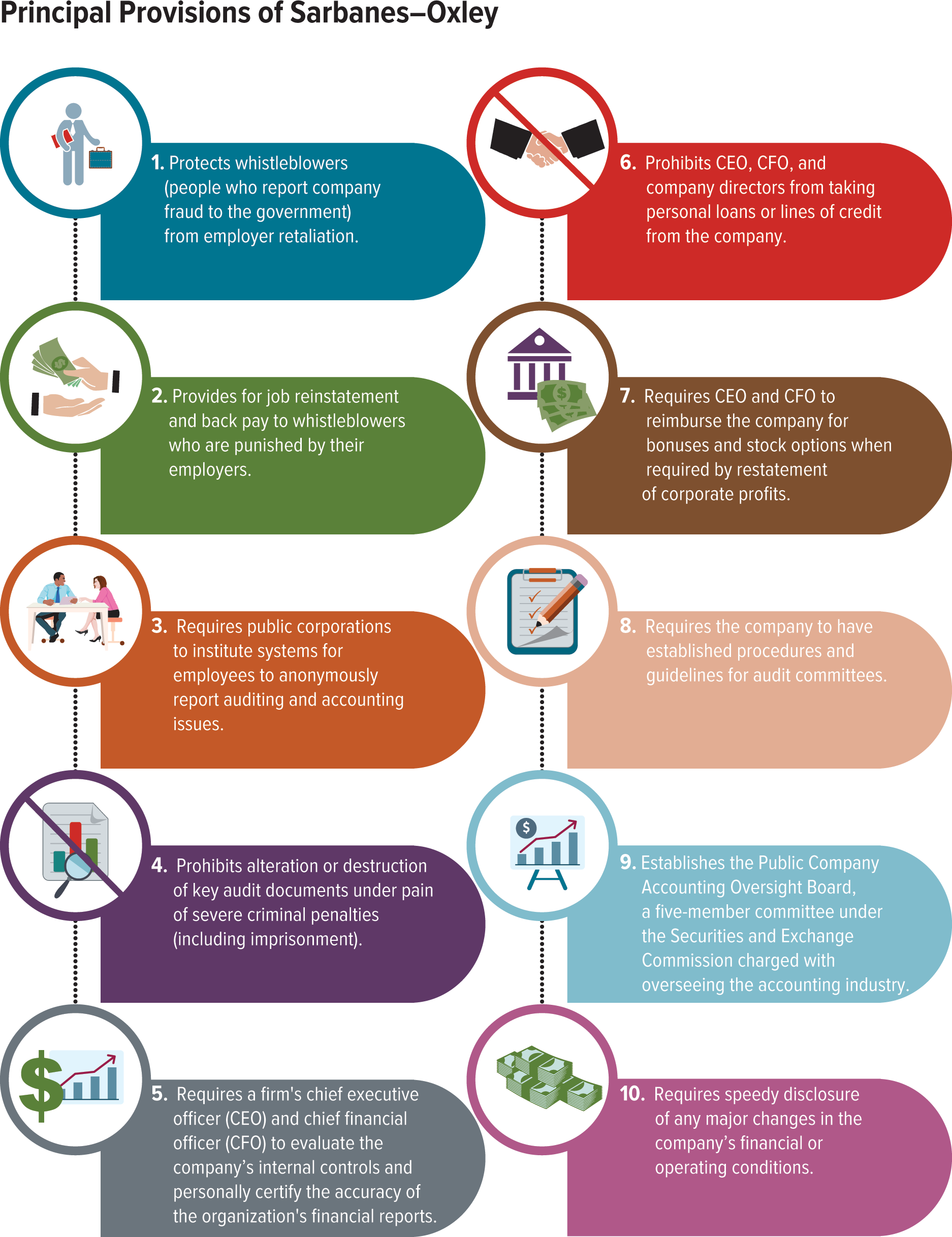- Explain how leadership helps foster high ethical standards.
- Explain how a code of ethics helps to create an ethical environment.
- Summarize the ways that organizations foster high ethical standards.
To foster high ethical standards, a company must have top managers who support a strong ethical climate, hire ethical employees, and institute a code of ethics as well as implement training programs in ethics. Below, you’ll explore the four ways of fostering an ethical culture:
“We’re Not Just Giving Lip Service”
Many, perhaps even most, lower-level employees will act ethically and honorably. But if top executives wink at ethical problems, ignore or reward ethical lapses, use legal loopholes to dodge ethical obligations, or use public relations to “spin” their unethical behavior into something more appetizing, they are clearly failing to lead by example.
Such behavior from top management will foster a loose ethical climate. Why should a clerk not steal from the office supply cabinet when the people at the top are using the company jet for personal vacation travel?
“We Want Honest Employees”
Few companies deliberately try to hire dishonest, irresponsible employees, but employers need to emphasize the company’s ethical culture in its recruitment, interviewing, and hiring practices to recruit employees that fit the culture they want.
With the help of the human resources department, managers can design a talent management system that screens for strong personal values and a commitment to ethical behavior.
For example, the interviewing process may require applicants to share past experiences that demonstrate the behaviors, values, and ethics required by the organizational culture.
“We Need to Share Our Expectations”
A code of ethics is a set of ethical standards to help guide an organization’s actions. Most ethical codes state top management’s expectations for employees, offering guidance on how to treat customers, suppliers, and competitors. They also list and explain prohibited and ethically questionable behaviors, such as nepotism (hiring family members), bribery, accepting gifts from suppliers or vendors, and “cooking the books” to make the company’s finances look stronger than they really are.
To reinforce their ethics, many companies provide ethics training, often presenting employees with possible ethical dilemmas they may eventually encounter.
“We Should Discipline Appropriately”
Companies must also work to ensure that their management and systems reward ethical behavior and punish unethical behavior.
What Are the Two Types of Ethical Codes?
Ethics codes may be either compliance-based or integrity-based:
A compliance-based ethics code attempts to prevent criminal misconduct by increasing control and by punishing violators. For instance, many companies ask employees to sign nondisclosure agreements (NDAs) in which the signers acknowledge that they can be fired and even sued if they leak confidential information.
An integrity-based ethics code seeks to foster responsible employee conduct by creating an environment that supports ethically desirable behavior. This approach stresses a culture of fair play, honesty, and diversity. It also emphasizes shared accountability among employees.
Individuals in organizations often view compliance-based codes as laws that should not be violated and integrity-based codes as ethics and values that should be promoted. When used together, these codes help promote a healthy environment where employees know which behaviors are discouraged and which behaviors are encouraged.
What Do Ethical Companies Do?
As you are beginning to understand, ethics starts with each of us. It is the individual actions of each person that collectively steer the entire organization.
Although individuals in the organization are responsible for their own behavior, managing the behaviors of numerous employees can become a daunting task, which is why large companies frequently have an ethics office headed by an ethics officer. The ethics officer’s job is to integrate the organization’s ethics and values initiatives, compliance activities, and business practices into the company’s decision-making processes.
Human resources personnel are also involved in ensuring a company creates a code of ethics, institutes ethical training programs, and fosters an ethical screening and hiring process.
All of these actions lead to an organizational culture that values ethical behavior and decision-making.
Whistleblowers and the Sarbanes–Oxley Act
Sometimes a company develops an ethical climate the hard way—by having its illegal and/or unethical behaviors exposed by a whistleblower, an employee who reports organizational misconduct to the government or the public. Such misconduct may include corruption, fraud, overcharging, or health and safety problems.
Imagine you uncovered your supervisor’s wrongdoings and then confronted your supervisor or reported this information to someone outside the organization. There is a good chance your supervisor and/or organization will not be pleased. Today, you would not face repercussions for such an action. However, in the past, this was not the case—as recently as 2001, many whistleblowers were fired for reporting the wrongdoings of their employers.
What changed? In 2002, President George W. Bush signed into law the Sarbanes–Oxley Act, which gave whistleblowers protection from retaliation. The Sarbanes–Oxley Act of 2002, often known simply as SOX or SarbOx, established protections for whistleblowers, record-keeping requirements for public companies, and penalties for noncompliance. The figure below outlines 10 key provisions of the Sarbanes–Oxley Act.

Figure: 10 Key Provisions of Sarbanes–Oxley Act